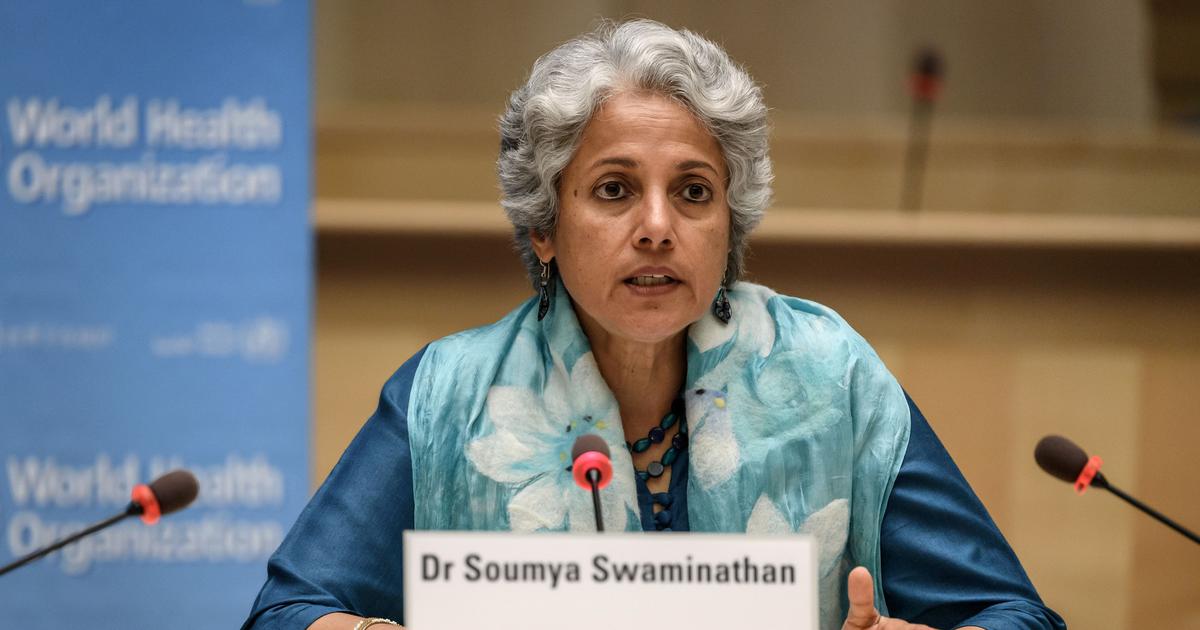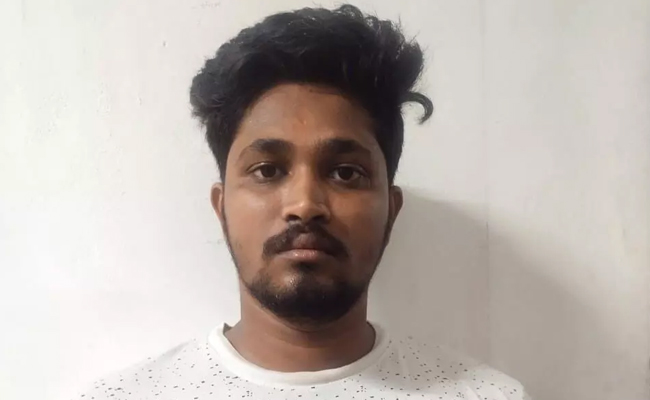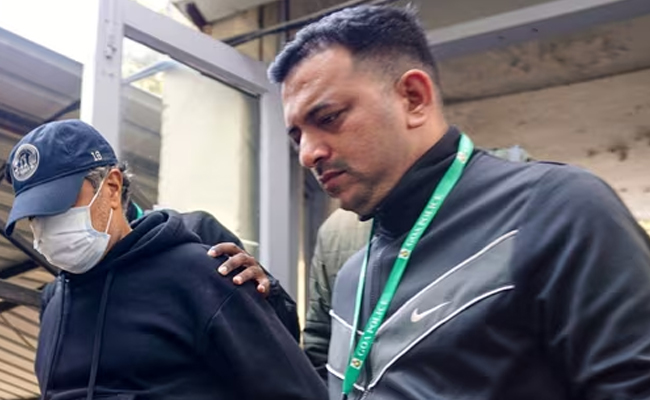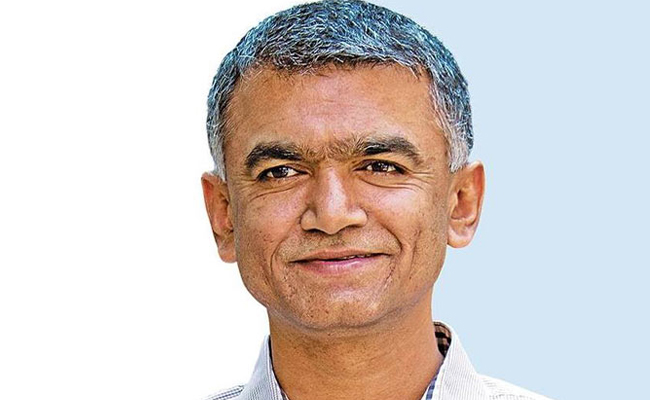Pune, Oct 20: Chief scientist at the World Health Organization (WHO), Dr Soumya Swaminathan, on Thursday said some countries may see "another wave of infections" with the XBB subvariant of Omicron, a variant of COVID-19 virus.
Talking to reporters on the sidelines of the annual general meeting of the Developing Countries Vaccine Manufacturers Network (DCVMN) here, she clarified that as of now, there was no data from any country to suggest that these new variants are clinically more severe.
"There are over 300 subvariants of Omicron. I think the one that is concerning right now is XBB, which is a recombinant virus. We had seen some recombinant viruses earlier. It is very immune-evasive, which means it can overcome the antibodies. So slightly that we may see another wave of infections in some countries because of XBB," she said.
Swaminathan said they are also tracking derivatives of BA.5 and BA.1, which are also more transmissible and immune-evasive.
As the virus evolves, it is going to evolve more and more transmissible, she said.
"As of now, there is no data from any country to suggest these new subvariants are more clinically severe," she clarified.
Suggesting the measures that need to be taken, Dr Swaminathan said monitoring and tracking are the key steps.
"We need to continue to monitor and track. We have seen that testing has gone down across countries, the genomic surveillance has also gone down over the last few months. We need to maintain at least a strategic sampling of genomic surveillance so that we can keep tracking the variants as we have been doing and studying," she said.
According to her, the Director General of the WHO has said that COVID-19 continues to be a public health emergency of international concern.
She added that 8,000 to 9,000 deaths are being reported every week worldwide due to the infection.
"So we have not said that the pandemic is over, which means that all precautions and tools continued to be used. Good thing is that we have now many tools and the most important thing is vaccines," Dr Swaminathan said.
"As far as vaccine coverage is concerned, our goals are 100 per cent of people over the age of 60 and 100 per cent of health care and frontline workers. Then we have a goal of achieving 70 per cent of the country, but subgroups are more important because they are most likely to face morbidity and mortality," she said.
She said that a number of deaths from elderly groups were seen when Omicron spread as they were not fully vaccinated.
"The full vaccination schedule is actually three doses. The primary two doses plus booster in the next four to six months. But in many countries, including India, the uptake of the booster is low. So we really encourage people to take the third dose," she said.
She advised continuing to use masks for protection from infection.
"While vaccines are still protecting us from severe disease and hospitalization, the risk of long COVID conditions seems to increase with each infection. So it is not benign. We should not be too casual by saying that it is okay to get the infection.
"Many people just think that it is just like the flu or any other respiratory infection, but more and more data is coming out on how COVID is affecting all organ systems and not just the respiratory route. It also affects the cardiovascular system and the inflammatory environment. So we have seen the risk of diabetes doubling, we have seen the risk of heart attacks...and other neurocognitive problems," Dr Swaminathan added.
Let the Truth be known. If you read VB and like VB, please be a VB Supporter and Help us deliver the Truth to one and all.
Bajpe: Police have arrested a youth for allegedly posting derogatory and defamatory content against the Bajpe police on social media.
The arrested accused has been identified as Abhishek M. (23), a resident of Katipalla, Surathkal.
According to the police, Abhishek posted a photograph of Bajpe Nisarga Hotel on his Instagram account mr_a_titude_22, alleging that accused persons in a murder case under the jurisdiction of the Bajpe police station were being treated “like royalty” by the police and were being served beef meals from the hotel every day. In his post, he further accused the police of colluding with criminals and misusing their authority, stating that public trust in the police was being betrayed.
Following which, the Bajpe police registered a case and arrested the accused.
Police records reveal that Abhishek is already facing multiple criminal cases. A case of murder, attempt to murder, assault and robbery has been registered against him at the Surathkal police station. At the same time, a robbery case has also been registered at the Kaup police station.
After his arrest, Abhishek was handed over to the custody of the CEN police for further investigation. He was later produced before a court, police said.





